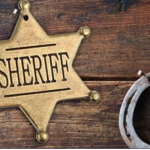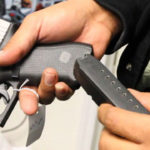This Article chronologically reviews the British gun control which precipitated the American Revolution: the 1774 import ban on firearms and gun powder; the 1774-75 confiscations of firearms and gun powder, from individuals and from local governments; and the use of violence to effectuate the confiscations. It was these events which changed a situation of rising political tension into a shooting war. Each of these British abuses provides insights into the scope of the modern Second Amendment.
From the events of 1774-75, we can discern that import restrictions or bans on firearms or ammunition are constitutionally suspect — at least if their purpose is to disarm the public, rather than for the normal purposes of import controls (e.g., raising tax revenue, or protecting domestic industry). We can discern that broad attempts to disarm the people of a town, or to render them defenseless, are anathema to the Second Amendment; such disarmament is what the British tried to impose, and what the Americans fought a war to ensure could never again happen in America. Similarly, gun licensing laws which have the purpose or effect of only allowing a minority of the people to keep and bear arms would be unconstitutional. Finally, we see that government violence, which should always be carefully constrained and controlled, should be especially discouraged when it is used to take firearms away from peaceable citizens. Use of the military for law enforcement is particularly odious to the principles upon which the American Revolution was based.
by David Kopel



